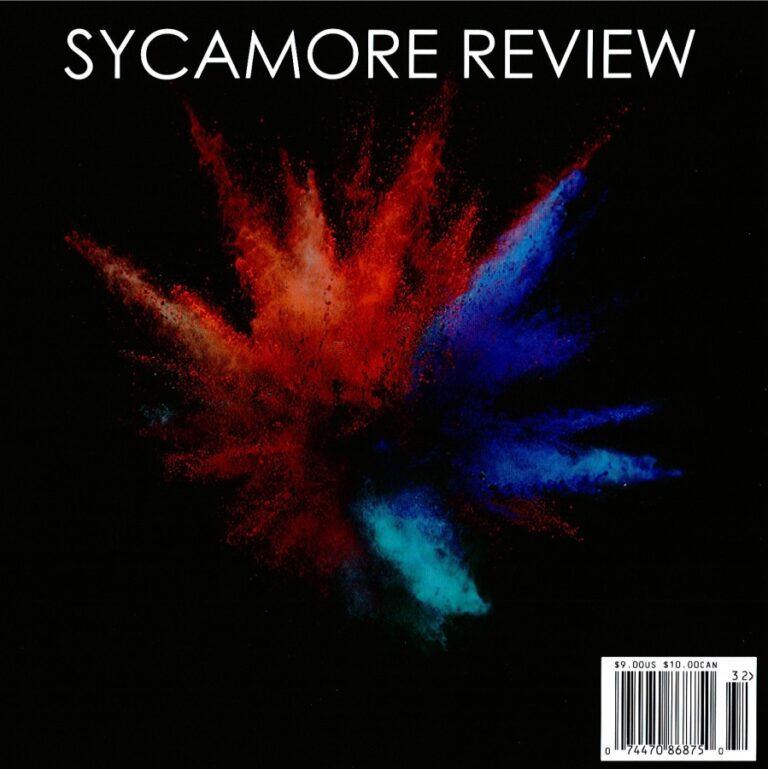Gatekeepers Part Four-point-One: on why the [red] pen is mightier than the sword (and other politically useful clichés)
Nearly ten years ago, when I was a twenty-year-old baby-poet with a sense of self-importance even more inflated than it is today, I organized a “Poetry in Protest” reading in Amherst, Massachusetts to demonstrate against what became, a couple months later, “Operation Iraqi Freedom.”
My work screening manuscripts for this event forever changed the way I understood what it meant to be an editor. Increasingly, I viewed every editorial choice as a fundamentally political decision that went far beyond an assessment of aesthetic quality—not just in terms of selection based on a diversity of aesthetics, identities, and literary intentions, but also the much more taken-for-granted criteria we use to decide whether a piece of literature is good or bad: chief among them the notion of “accessibility,” the very idea of “cliché,” the truism “show, don’t tell,” the widespread use of qualifiers like “sentimental” or “didactic” to justify why a poem or story fails, and the general reticence to ignore an author’s biography or lived experience in favor of evaluating the author’s work “independently.”
Even the most innocent and seemingly objective, quality-based editorial decisions are in one way or another acts of exclusion, which is to say, political: editors decide who gets a voice and who does not. That’s just the way it works. So what I’d like to address in this blog post and the next, at least in brief, are a few of the ways that some basic standards by which editors and readers assess literary quality are themselves built on problematic social and political prejudices. I’m not doing this to insist that we do away with these standards (…as I’ve mentioned in a previous “Gatekeepers” post, I think we might actually need to be more exclusive, in some respects). Rather, I think it will help us as editors and readers to know better when to make allowances for cliché, sentimentality, didacticism, etc., or when to ignore those criteria entirely.
I) “Policing the Aesthetics of Dissent”
Most of what I’ll discuss in these two posts comes down to an issue of accessibility. As most writers (and I think especially poets) delve deeper into their craft, associating more frequently with other writers with advanced literary educations, the question of what is “accessible” to an average reader becomes subjective and blurred… or maybe what I mean is myopic. Of course, I would never advocate against literature that pushes the limits of reader understanding (the opposite, really… two—1, 2—of my Ploughshares blog posts have defended difficult-to-interpret writing), but as editors I think we need to concede that a piece of literature with social or political ambitions should be, in one way or another, populist… that is to say, it should use imagery with which the vast majority of non-writers and non-scholars would be familiar, and should be more closed-off than the average piece of literature to ambiguity or contradictory interpretations.
When selecting readers for my 2003 “Poets Against the War” event, I had a regrettable exchange with the poet Noah Eli Gordon, who was a UMass MFA candidate at the time. He wanted to read a poem at the event that was quite a bit longer than the average submission, and of greater linguistic and imagistic density than most of the other applications we received. In some ways, I now realize, it was better than the vast majority of submissions sent to us. But it just didn’t seem like the ideal aesthetic for the setting, so I asked Noah if he wouldn’t mind reading the poem’s first section by itself, since the purpose of the event was really to “rally the troops” against the war, not to foster an appreciation for poetry or linguistic complexity (I was only 20 at the time, remember, so I think what I actually said was I felt it was “too abstract”). Noah declined my compromise, shortly thereafter posting an essay on Ron Silliman’s blog accusing me of “policing the aesthetics of dissent.”
Which, yes, I now realize is exactly what I was doing. But was that so wrong? This was, after all, an unusual position for an editor to be in: my job was not to select the best poems, per se, but rather to select the poems I felt would be most effective in encouraging and solidifying the audience’s protest to the war in Iraq. A poem that leaves the audience thinking, “huh?” might have an essential function in broadening a reader’s/listener’s understanding of the function of art, but it’s unlikely to produce a sense of solidarity or to rile up the audience… ambiguity, in some ways, is antithetical to solidarity.
Yet if I had to make the call again today, I would have allowed Noah to read his entire poem, partly for the sake of aesthetic diversity. Its intentions were just very different than the majority of poems submitted for the reading, and there’s value in that. …On the same grounds, though, this has led me to believe that as editors and readers of literary journals we might need to shift our criteria of judgment to allow for poems that seek to encourage social action, or to appeal to a readership not generally associated with poetry or literary fiction—socially ambitious works just can’t be evaluated on the same terms as works that strive for lasting “literary” value or beauty, exactly because they have different, arguably larger political ambitions.
II) The War Against Cliché
Most of the criteria by which we judge literary quality are deeply problematic if we want literature to serve a vital function in social movements. One of the most damning comments a person can receive on a piece of creative writing is just one word: “cliché.” I don’t object to the use of the term (I use it, constantly, on my own students’ writing), but it’s worth picking apart a little bit in the context of socially conscious literature.
What does “cliché” really mean? Maybe the most accurate, though still negatively colored common definition, is to say a cliché is a “dead metaphor,” meaning a cliché is an idea that has become a symbol: what it means is so knee-jerkingly understood that we’ve ceased to see the nuances of what it actually represents. “The grass is always greener on the other side of the fence,” for instance, has come to mean that people are envious and should appreciate what they have, when the image itself actually has many more complicated associations regarding fertility, narcissism, suburban values, etc.… we’ve simply become blind to them.
But a cliché is also useful precisely for this partial blindness, this limited (or to put it more generously: exact) capacity for meaning: an image or idea that is easy to interpret (or let’s say easier to interpret… it’s important to think in terms of a scale rather than interpretable/uninterpretable) will not be misunderstood, and if one’s purpose is to be understood then a cliché is actually much more useful than, say, a more mystifying image like Charles Simic’s “place lit by a glass of milk.”
This is why some of the most successful works of politically motivated creative writing—“We Shall Overcome,” “Solidarity Forever,” Martin Luther King Jr’s “I Have a Dream” speech, the 1935 anthology Proletarian Literature in the United States, virtually every poem in the Poets Against the War anthology edited by Sam Hamill in 2003—are absolutely rife with clichés. Because clichés work, if one’s intention is to rally a group of people behind a common idea. They serve a function. As writers we might wince when someone uses “chains” or “shackles” to represent oppression, but those images do work, they do resonate with people. And in such cases, the clichés are in keeping with the writing’s intentions.
If part of what we want, as editors, is to encourage a world where literature is politically relevant, and wields real, immediate social power by bringing people together under a common understanding memorably put into verse or prose, we therefore need to be slightly more tolerant of clichés in the context of politically motivated literature. Slightly.
(… in my next post: how the motto “show, don’t tell” can be socially inhibitive, the functions of sentimentality and didacticism in politically conscious writing, why we need to consider authorial identity when assessing literature of social conscience, and some final comments on the differences between socially ambitious literature and propaganda)


